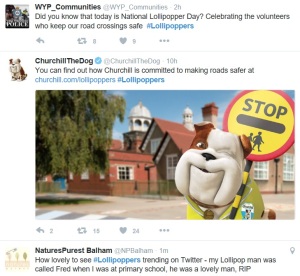Maintaining a steady stream of news and content is often priority number one for those of us working in communications roles. Most organisations have lots of content and most communications professionals have LOTS of ideas for more great content… but how do we make it work most effectively?
We could try to publish a new blog every day of the week to tell our story… but is that really possible with the resource we have? And is that much content really necessary?
Step 1 – Identify
What can we and do we want to talk about? Who are we talking to?
Think about the sector you’re operating in, which experts you have working in your organisation and what your customers’ interests are.
Step 2 – Decide
Make a judgement call on how much content you need/want and take stock of existing assets.
How many blog posts, social media posts, press releases and larger pieces of content (e.g. case studies, videos, whitepapers) do we want each week/month? How many do we already have and how many do we need to create?
Step 3 – Plan and review
Create a content calendar.
Content calendars prevent writers block, inspire and protect against content gaps. So long as you don’t over schedule, content calendars help maintain space for topical, ad hoc and breaking news stories.
Distribute the content you already have evenly across the year, ensure the right content is scheduled for the right time (relevance is key) and see where there are gaps. You can do this on an annual, monthly and/or even weekly basis, depending on the level of detail you want and your organisational needs.
Step 4 – Bolster and future-proof
Research national celebration days, holidays, announcement dates and so on to fill potential gaps ahead of time.
Today, for example, “National Lollipopper Day” is trending on Twitter with the rather lovely hashtag #Lollipoppers. If you work in the Education sector, this is an easy win as it lends itself so well to visual content (photos of happy kids with their ‘Lollipoppers’) and has a strong human interest angle.
There are loads of lists of national celebration days available online that will give you a great starting point then all it takes is a keen eye for relevance, a creative spin (so you’re not putting out the same content as everyone else) and plenty of forward-planning.
There are also lots of content calendar templates available online – or it’s very easy to build your own using Excel.
Step 5 – Review and improve
Finally, don’t forget to look back at your audience’s response to your content to see what really resonates and what doesn’t quite work.
Make measurement a priority. Collect data (automate where possible) and review regularly. Talk to and learn from industry peers. Be adaptable. Don’t be afraid of change. And don’t forget to feed back to your contributors (saying “thank you” goes a long way).


